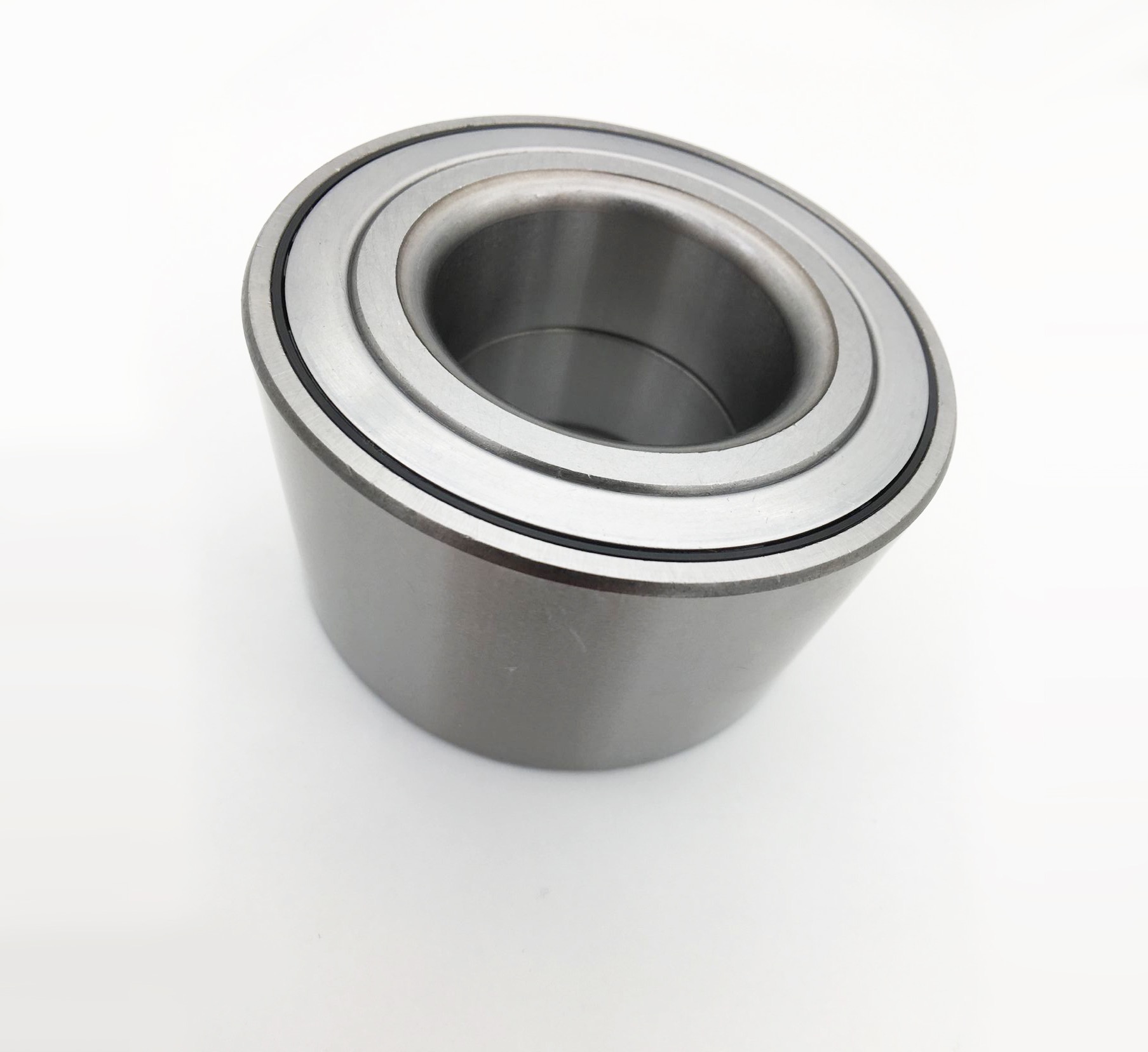CONTACT US
Zhejiang waxing electromechanical co.LTD.,Factory located in Shandong,Headquarters located in Zhejiang,China.
 The common quality defects of bearing parts after heat treatment are: quenching microstructure overheat, underheat, quenching crack, insufficient hardness, heat treatment deformation, surface decarburization, soft spot and so on.
The common quality defects of bearing parts after heat treatment are: quenching microstructure overheat, underheat, quenching crack, insufficient hardness, heat treatment deformation, surface decarburization, soft spot and so on.
1. The overheating
The overheating of the microstructure after quenching can be observed from the rough mouth of the bearing parts.But the microscopic structure must be observed to determine the degree of overheating.If there is coarse acicular martensite in the quenching structure of GCr15 steel, it is the quenched superheated structure.The cause may be overall overheating caused by too high quenching temperature or too long heating and holding time.It may also be due to the severity of the original tissue zonal carbide, forming a local martensite spicules in the low carbon zone between the two zones, resulting in local overheating.The residual austenite in the superheated tissues increased and the dimensional stability decreased.Due to the overheating of the quenched structure, the thick crystal of the steel will lead to the decrease of the toughness of the parts, the decrease of the impact resistance, and the life of the FAG bearing will also be reduced.Severe overheating may even cause quenching cracks.
2. Less heat
If the quenching temperature is too low or the cooling is not good, tortensitic tissue exceeding the standard will be produced in the microstructure, which is called underheat tissue, which will reduce the hardness and sharply reduce the wear resistance, affecting the service life of FAG bearing.
3. Quenching crack
The crack caused by internal stress in the quenching and cooling process of bearing parts is called quenching crack.The causes of such cracks are as follows: due to too high quenching temperature or too rapid cooling, the microstructure stress when the thermal stress and metal mass volume change is greater than the fracture strength of steel;Original defects on the working surface (such as surface fine cracks or scratches) or internal defects of steel (such as slag inclusion, serious non-metallic inclusions, white spots, shrinkage residual, etc.) form stress concentration during quenching;Severe surface decarbonization and carbide segregation;After quenching, tempering of parts is insufficient or not timely;The previous process caused by too much cold punching stress, forging folding, deep turning tool marks, oil groove sharp edges and corners.In a word, the causes of quenching cracks may be one or more of the above factors, and the existence of internal stress is the main reason for the formation of quenching cracks.Quenching crack deep and slender, straight fracture, no oxidation surface.It is usually a longitudinal straight crack or ring crack on the bearing ring;The shape on the bearing ball can be S - shaped, T - shaped or ring - shaped.The microstructure of quenching crack is that there is no decarburization on both sides of the crack, which is obviously different from forging crack and material crack.
4. Heat treatment deformation
Bearing parts in the heat treatment, there are thermal stress and structural stress, this internal stress can be superimposed or partially offset, is complex and changeable, because it can change with the heating temperature, heating speed, cooling mode, cooling speed, parts shape and size change, so heat treatment deformation is inevitable.Understanding and mastering its change rule can make the deformation of bearing parts (such as the ellipse of the ring, size expansion, etc.) in a controllable range, which is beneficial to the production.Of course, mechanical collisions in the heat treatment process will also cause deformation of the parts, but this deformation can be reduced and avoided with improved operation.
5. Surface decarburization
In the heat treatment process of bearing parts, if it is heated in oxidizing medium, the surface will oxidize to reduce the mass fraction of carbon on the surface of the parts, resulting in surface decarburization.The depth of the surface decarburization layer exceeds the allowance for final processing and the part will be scrapped.The depth of surface decarburization layer can be determined by metallographic method and microhardness method.The method of microhardness distribution curve measurement of surface layer can be used as arbitration criterion.
6. The soft point
The phenomenon of insufficient hardness on the surface of bearing parts due to insufficient heating, poor cooling and improper quenching operation is called quenching soft point.Like surface decarburization, it can cause a serious reduction in surface wear resistance and fatigue strength.
Copyright © 2025 Zhejiang waxing electromechanical co.LTD. | All Rights Reserved Design
Hello, please leave your name email or WhatsApp here before chat online so that we won't miss your message and contact you smoothly.